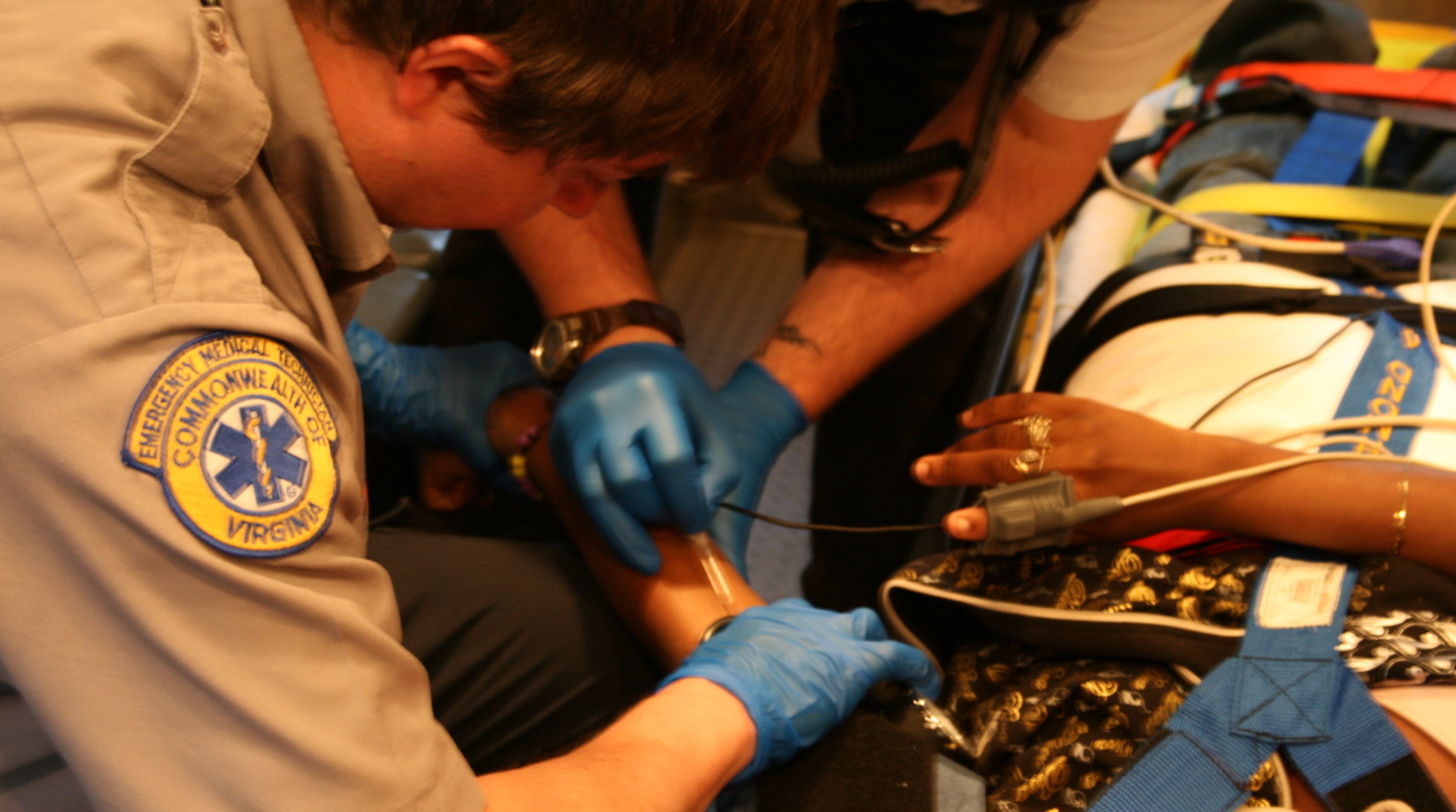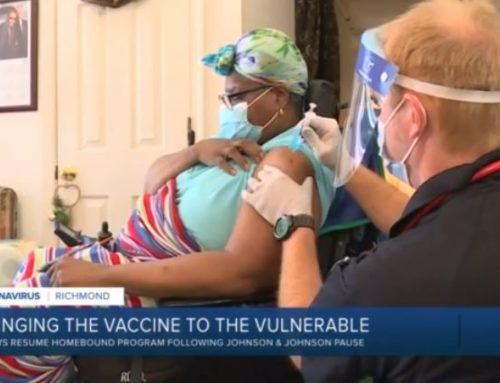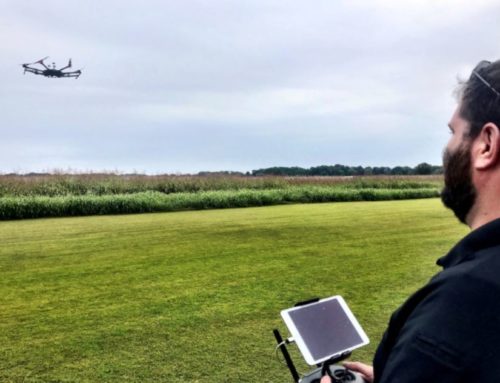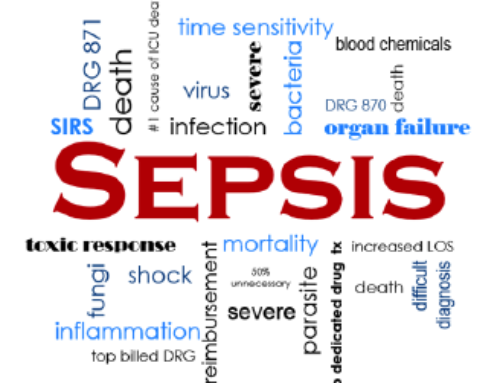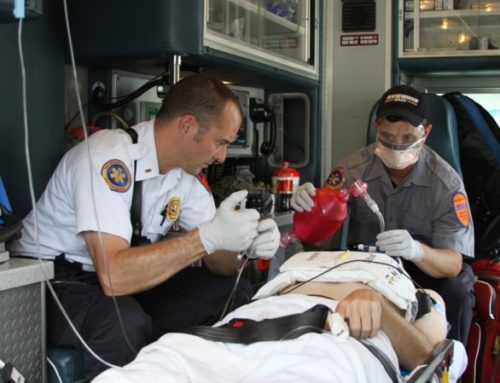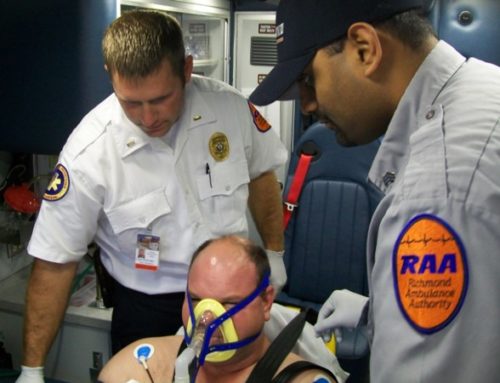Documentation Short
Do you ever feel like the words you want to write in a clinical narrative are jumbled into a big mess in your head, and no matter how you arrange them, nothing sounds good? If you answered yes, you are not alone. Even the most experienced writers have difficulty starting an essay, article, or in this case, a clinical narrative. 
What steps do you take when you begin to write your narrative? Most, if not all, clinicians start in the same way, using a format. At the Richmond Ambulance Authority (RAA) we use ‘DACHARTES.’ Utilizing this format style ensures our narratives cover each stage of the call, and provide space to elaborate on any of the issues of importance discovered during the call.
Have you ever heard this old saying? Proper Preparation Prevents Poor Performance. Practicing is part of EMS; we practice skills in the classroom setting, including intubation, rhythm recognition, splinting and spinal motion restriction, pediatric and adult medication administration. The list is seemingly endless. The one thing we do not practice, writing. Writing is the new skill we must practice because we can continually improve the way we communicate in the written form, especially in the narrative.
Natalie Goldberg wrote in her book Writing Down the Bones: Freeing the Writer Within about “losing control” and harnessing “first thoughts” (Goldberg, 1986). Losing control and first thoughts will evoke the writer’s energy about the subject matter. In EMS terms, this will be what happened and not some version of what the call was supposed to include.
Here is the challenge – write about any call you wish (not in an actual ePCR). Do the following in the exercise: Write freely, do not think about it, only write. Do NOT edit, do NOT worry about structure or punctuation, nothing, only write about this patient encounter. Called freewriting; this is the first step in the writing process.
Freewriting is an exercise used frequently by writers to help develop a story. Vivian Wagner, Ph.D., says, “…it’s one of the most powerful tools for thinking and creating” (Vivian Wagner, 2017). Thinking, in this case, involves a sort of “reliving” the evidence in your mind and sorting the details to match the area of the narrative you are writing. Thinking helps to capture and “paint” the picture or tell the story; in terms, everyone can understand. Creating is much of the same. Using these tips for freewriting will help to create an accurate account of the case and unjumble the words described earlier.
In the next edition of the Documentation Short, we will discuss the principles of the Paramedic Method of writing and what it means for your writing of the clinical narrative.

